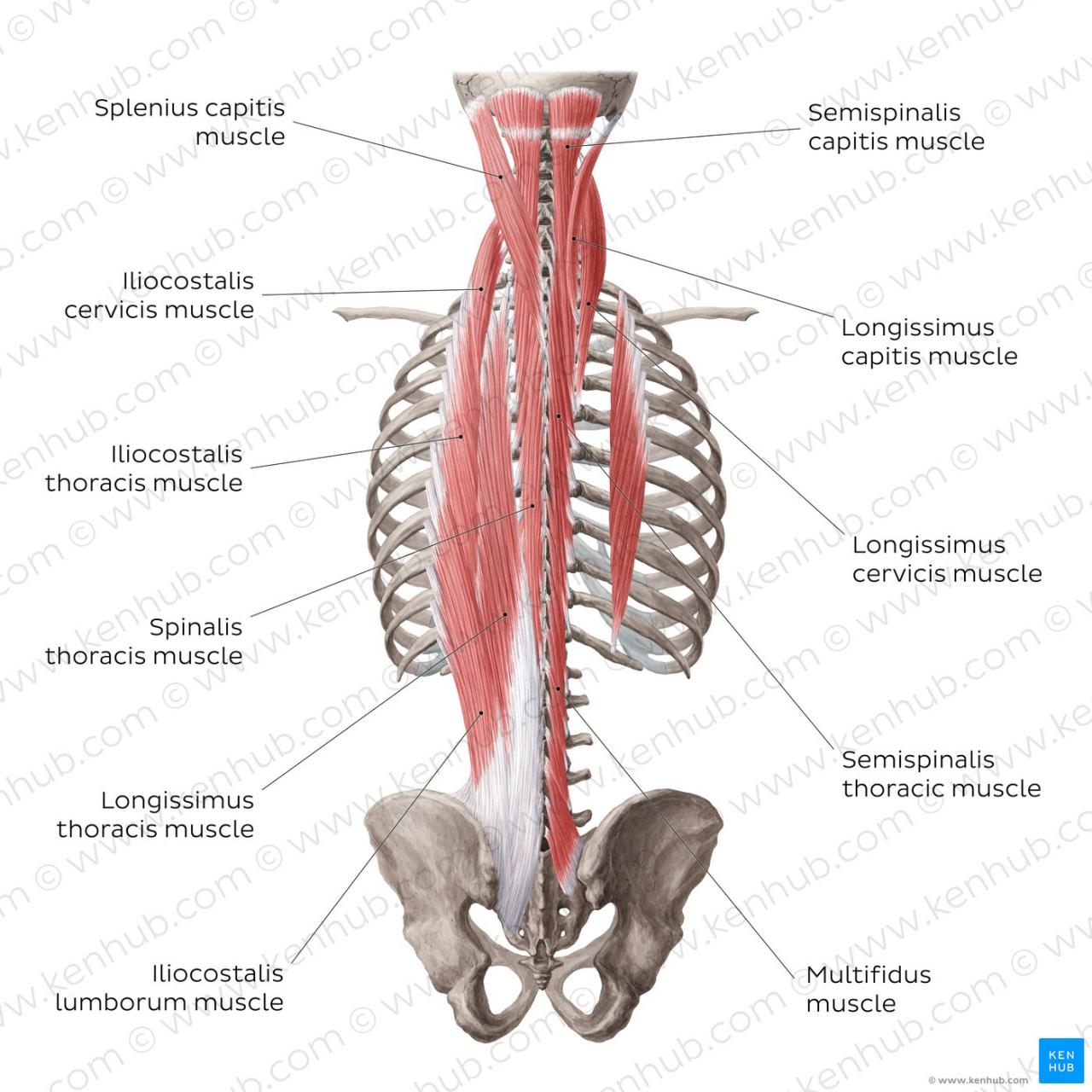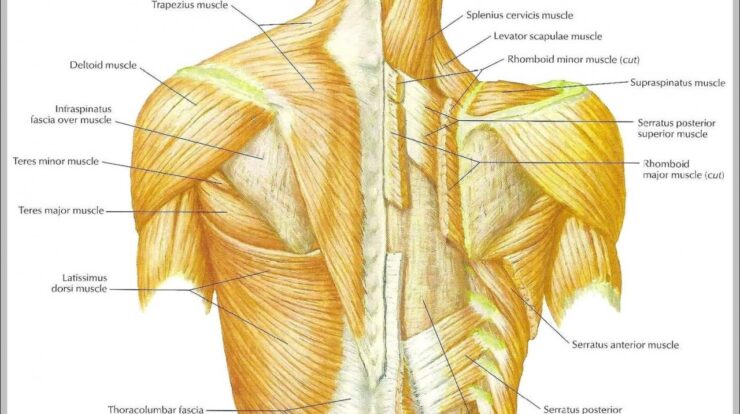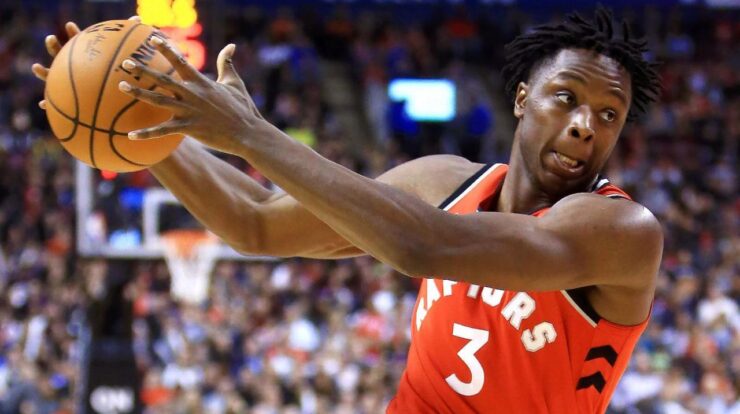
Back muscles, the unsung heroes of our bodies, play a pivotal role in our posture, movement, and overall well-being. Join us as we delve into the anatomy, functions, and care of these essential muscle groups, empowering you with the knowledge to strengthen, protect, and maintain your back muscles for a lifetime of healthy movement.
From understanding their intricate structure to mastering effective exercises, this comprehensive guide provides a roadmap to back muscle health and vitality. Let’s embark on a journey of discovery, unlocking the secrets of these remarkable muscles that support our every move.
Anatomy of the Back Muscles
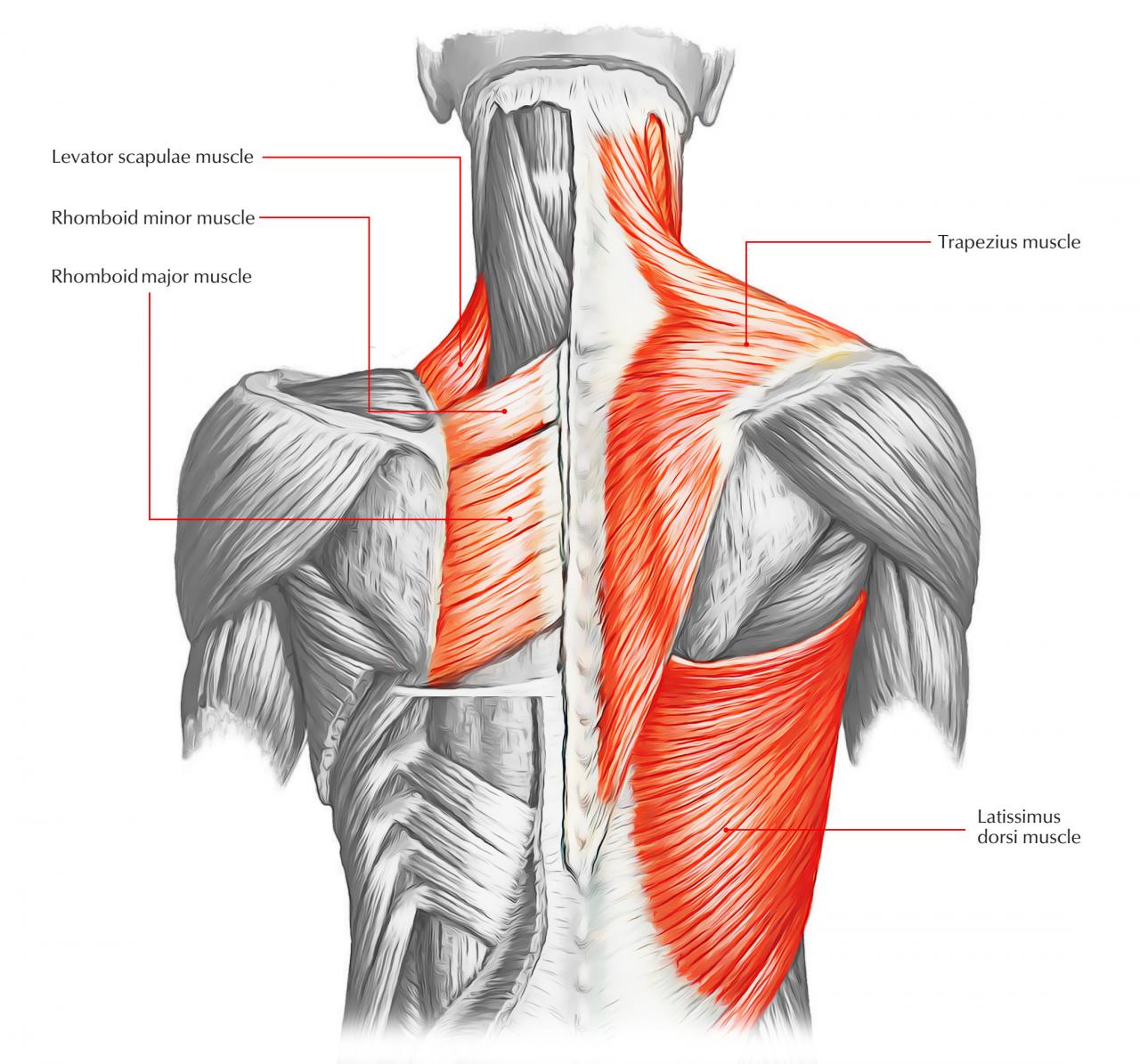
The back muscles are a complex group of muscles that extend from the base of the skull to the pelvis. They play a vital role in posture, movement, and stability.
The major back muscle groups include the:
- Trapezius
- Latissimus dorsi
- Rhomboids
- Erector spinae
- Multifidus
These muscles work together to support the spine, extend and rotate the trunk, and move the shoulder blades.
| Muscle Group | Origin | Insertion | Action |
|---|---|---|---|
| Trapezius | Occipital bone, cervical and thoracic vertebrae | Clavicle, acromion, and spine of scapula | Elevation, retraction, and rotation of scapula |
| Latissimus dorsi | Thoracic and lumbar vertebrae | Humerus | Extension, adduction, and internal rotation of humerus |
| Rhomboids | Thoracic vertebrae | Medial border of scapula | Retraction of scapula |
| Erector spinae | Sacrum, lumbar and thoracic vertebrae | Ribs, vertebrae, and pelvis | Extension of spine |
| Multifidus | Sacrum, lumbar and thoracic vertebrae | Vertebrae | Extension and rotation of spine |
Functions of the Back Muscles

The back muscles play a crucial role in various bodily functions, including:
- Posture:The back muscles help maintain proper posture by supporting the spine and keeping the body upright.
- Movement:The back muscles are involved in a wide range of movements, including bending, twisting, and lifting.
- Stability:The back muscles provide stability to the spine and pelvis, allowing for smooth and coordinated movement.
The back muscles are essential for everyday activities such as walking, running, and lifting. They also play a role in more complex movements such as dancing and playing sports.
Final Wrap-Up
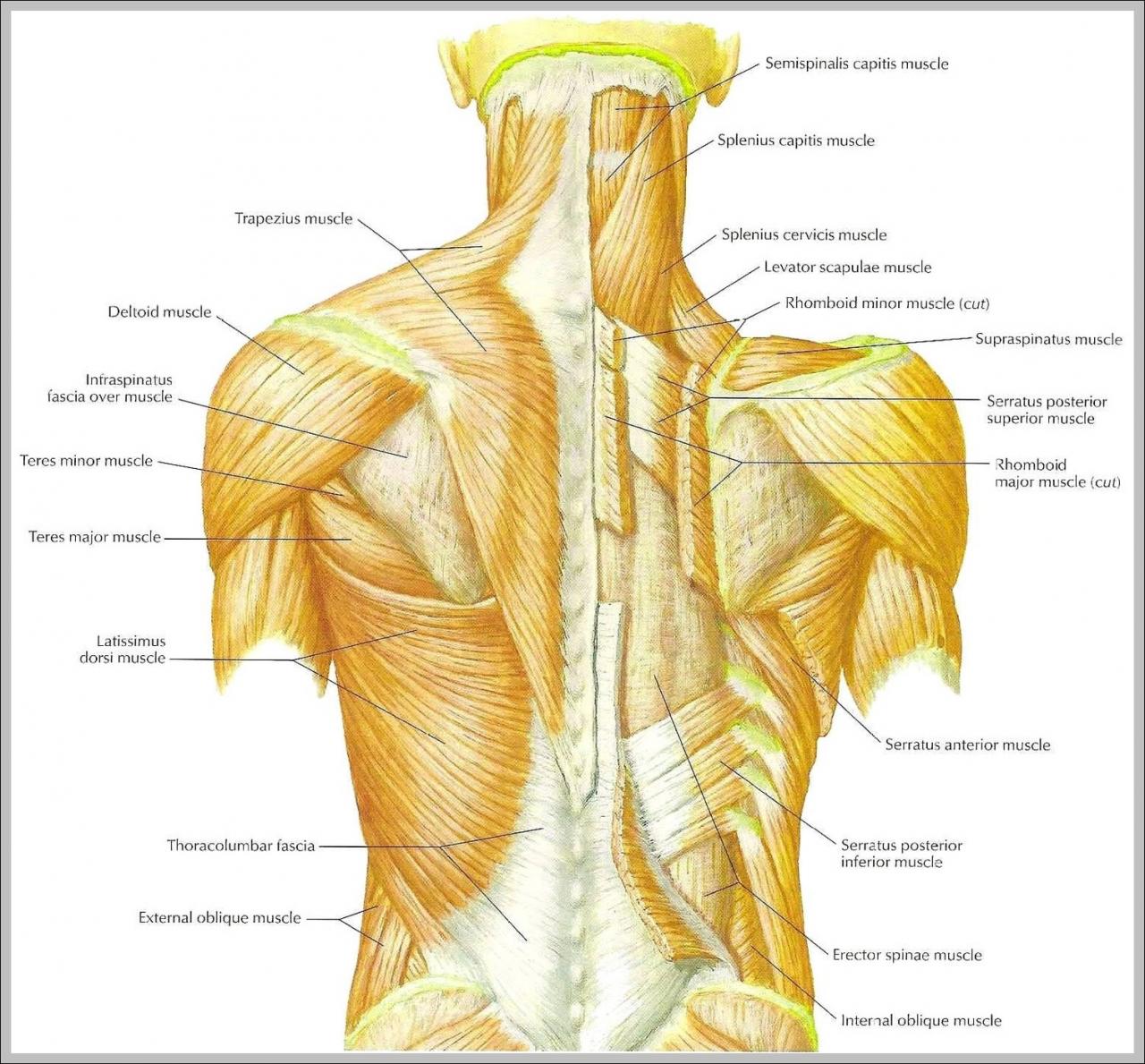
As we conclude our exploration of back muscles, it’s evident that these muscles are the foundation of our physical well-being. By understanding their anatomy, functions, and care, we can empower ourselves to maintain strong, flexible, and pain-free backs. Remember, back muscle health is not just about aesthetics; it’s about unlocking our full potential for movement, vitality, and overall quality of life.
General Inquiries: Back Muscles
What are the most common back muscle injuries?
Strains, sprains, and tears are the most prevalent back muscle injuries, often caused by improper lifting techniques or sudden movements.
How can I strengthen my back muscles?
The viral Michigan grocery store sign woman has sparked discussions about the importance of maternal health. The incident highlights the need for accessible and affordable healthcare for all women, especially those who are pregnant or postpartum. On Happy Heavenly Mother’s Day , we remember and honor the mothers who have passed away.
Incorporate exercises like rows, pull-ups, and back extensions into your fitness routine, focusing on proper form and gradual progression.
Why is stretching important for back muscle health?
Stretching improves flexibility, reduces muscle tension, and enhances range of motion, promoting overall back health.
As we celebrate Happy Mother’s Day in Vietnamese and Happy Mother’s Day in German , let us also recognize the diversity of motherhood experiences. It is important to be inclusive and respectful of all mothers, regardless of their relationship status or pregnancy status.
The question of whether to say Happy Mother’s Day to a pregnant woman can be a sensitive one. Ultimately, it is up to the individual to decide what feels most appropriate and comfortable.
